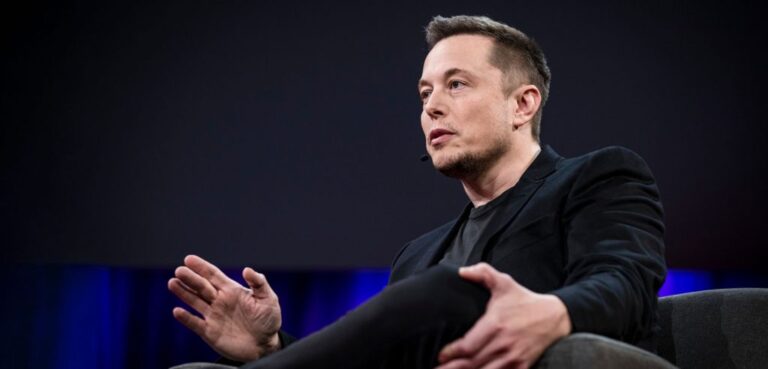KILL THE DRACULA-LIC COMPANY: Konami Sells Out AGAIN with Vampire Survivors Ode to Castlevania DLC
The bloodsuckers have finally infiltrated the world of Vampire Survivors, and we’re not just talking about the game’s new characters. The latest DLC, Ode to Castlevania, is a full-blown tribute to the iconic series, and we’re still wondering how much of its soul Konami sold to the devil for this opportunity.
The $3.99 expansion, available on October 31st, drops a whopping 20 new characters, 40 weapons, and an extra-large stage into the mix, but let’s be real, who needs more than 10 hours of gameplay when you can have VAMPIRE POWER?!
But is it worth it? Only if you’re a fan of KONAMI’s never-ending money grab on beloved franchises. The developer has a history of milking its most iconic IPs for all they’re worth, from Castlevania to Contra, and now, it’s time to suck the life out of Vampire Survivors. Don’t get us wrong, the game has been a bloody good time (pun intended), but this latest collaboration is just a ploy to line Konami’s pockets with more gold, and we’re left wondering how our wallets will survive.
Track the countdown to the release of Ode to Castlevania here. But be warned: the cheesy ’90s-style countdown timer auto-plays some sick new tracks, so make sure you have your volume set correctly. We wouldn’t want you to have a heart attack.
Image: Poncle, the masterminds behind the Ode to Castlevania DLC. Probably selling their souls for this opportunity…
Vampire Survivors’ latest update marks the first time the game has collaborated with a major franchise, but it’s not the first time it’s received free updates. The game has been steadily adding new characters, stages, achievements, and unlockables, making it a bloody good time for fans of the genre.











